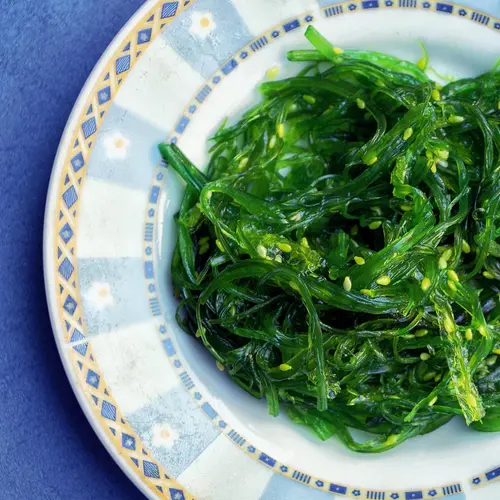Adding condiments to your meals is an easy way to enhance food's flavor. Some condiments provide you with health benefits. For example, scientists have shown that some spices and herbs, which are regarded as condiments by the USDA, are high in antioxidants, chemicals that act against and slow down processes in your body that damage your cells.
But some condiments contain high levels of salt, fat, and sugar. Having too much salt in your diet, for example, puts you at risk for high blood pressure, stroke, and heart disease.
On occasion, scientists have had reason to question the safety of artificial flavors, used in condiments and other foods, when they are consumed in larger-than-intended amounts. In 2018, for example, the FDA banned six such flavorings.
And such popular condiments as creamy dressings and sauces are made from dairy products and contain saturated fats. The USDA encourages keeping to a healthy body weight by limiting calories from saturated fats in your diet.
The Effect of Condiments on Your Health
The occasional use of condiments may not pose any significant risk to your health. The problem arises when you use too many and turn your otherwise healthy foods into unhealthy ones. Their ingredients can cause health problems, especially if you don't understand what their nutrition labels are telling you.
Types of Healthy Condiments
According to several experts, making condiments at home with ingredients that are likely to be less processed and lower in calories. There's also a wide range of healthy and delicious condiments you can buy that don't pose a risk to your health.
Mustard. So-called prepared mustard is made from distilled vinegar, mustard seeds, turmeric, garlic powder, lemon juice, and salt. In 10 grams of mustard, there are only six calories, making it a healthy ingredient for marinades, salad dressings, and seasoned eggs. Turmeric contains curcumin, a compound that acts as an antioxidant, anticancer, and anti-inflammatory ingredient and is good for the nervous system.
Unfortunately, mustard can have a high sodium content, so you should check your portions.
Pesto. Traditional pesto is a sauce that contains olive oil, Parmesan cheese, fresh basil leaves, and pine nuts. It’s an excellent source of zinc, which is vital for wound healing, the immune system, and healthy growth. A quarter-cup serving of the sauce is enough to provide you with at least 8% of the zinc your body needs on a daily basis.
Salsa and Tomato Sauce. Tomatoes are excellent sources of potassium, biotin, iron, and zinc. They also provide lycopene, which is an antioxidant that helps to reduce inflammation.
Red salsa contains onions, tomatoes, and jalapeno peppers. It's a good condiment for lentils or bean dishes.
You can also use it as a salad dressing over carrots, red onions, bell peppers, and tomato wedges. It’s low in calories and can spice up a variety of foods and salads.
Homemade tomato sauce can serve as a condiment over potato dishes. You can make it healthier by adding mushrooms, basil, and garlic. By making your salsa and tomato sauce at home, you can avoid using too many processed foods.
Ketchup. Homemade salsa is good and tomato-y, but you can make your own ketchup, too, and avoid consuming high-fructose corn syrup. Combine a small can of tomato paste, a tablespoon of brown sugar, one teaspoon each of garlic and onion powder, and let them simmer for 60 minutes.
Tahini. Tahini comes from the Middle East and is made from ground sesame seeds. The sauce is rich in protein derived from plants. A two-tablespoon serving of tahini covers 10% of a typical adult's daily protein needs.
The product is rich in selenium, which is a mineral that helps in reducing inflammation. It also promotes the health of your immune system and brain.
Soy sauce. Try making this imitation soy sauce that contains more healthful ingredients than the original: a cup of low-sodium vegetable broth; a tablespoon of vinegar; two teaspoons of brown sugar; a dash each of ground ginger, garlic powder, and black pepper; and a pinch of salt. Boil them together for one minute and then simmer for 10 minutes.
Other healthy condiments to consider include:
- Nutritional yeast
- Balsamic or apple cider vinegar
- Nut butter, such as peanut or almond butter
- Plain Greek yogurt
- Guacamole
- Hummus
- Lemon juice
Tips for Using Condiments
If you're not careful, putting too many condiments on your food can work against you. Some guidelines that diet experts ask you to follow when choosing foods apply to what you put on top of your food as well:
- Use them in moderation
- Choose low-fat, low-sodium, and low-sugar versions
- Focus on fruit and vegetable ingredients
- Store them correctly to preserve their nutritional value
